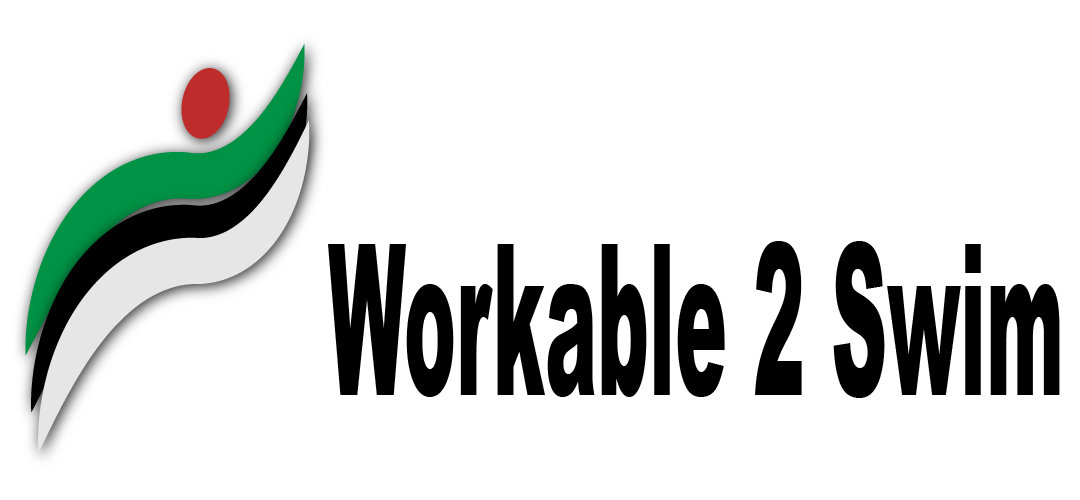Choosing the Right Robot Vacuum Cleaner For Your Needs
Developing robots that will free human beings from menial work is one of the primary goals of technological development. The advent of robotic vacuum cleaners represents a key technological breakthrough in this regard. This article briefly discusses the history of robot vacuums.
The idea of a robotic device that will clean the floor by itself has been around for some decades. Yet, actual work to build such a machine started in late 1990’s. The first tangible step was a robot named Trilobite. Electrolux company in UK designed Trilobite and demonstrated its abilities in a BBC television programme in 1996. It was not until 2001 that Trilobite was available for purchase and became the first mass-produced robot vacuum cleaner.
Trilobite was able to map the room and detect obstacles with its ultrasonic sensors. It was not very good at avoiding objects with sharp ends because such objects did not reflect the beams properly. In 2004, Electrolux released Trilobite v0.2. This new robot did better in detecting objects and stairs thanks to its infrared sensors. Also, it had a battery level indicator and could be programmed to clean at a certain time. Electrolux later discontinued Trilobite robot vacuum series.
In 2004, Dyson company made an attempt to develop its own commercially viable series of robot vacuums. The prototype was called DC06. Dyson later suspended the plans to market its robot because of the very high production costs. If it had ever been sold at a store, the price of Dyson’s robot vacuum would have been no less than $6000.

There is no doubt that the release of Roomba by iRobot in 2001 is the most important milestone in the history of vacuum cleaner robots. Founded in 1990 by three MIT graduates, iRobot is a robot company that focused on military applications in its first decade. After developing the Roomba series, iRobot quickly became the market leader. The reason for the robot vacuum of Roomba vacuums is their ability ot detect dirt and spend more time cleaning dirtier areas.
iRobot’s Roomba remained the matchless market leader until Neato Robotics was founded in 2009. Neato’s vacuums challenged the Roomba series with an advanced laser mapping feature that allows the robot to cover the floor in a more systematic way. Innovative aspects of Neato robots gained much attention in tech-savvy circles but sales stayed behind iRobot. This is because Roomba vacuums have stronger suction and longer-lasting batteries than Neato vacuums.
As of 2014, robot vacuum industry is still a fledgling market. Major vacuum manufaturers such as Dyson, Hoover and Shark are yet to enter the market. One major limitation in robot vacuum industry continues to be the occasional failure of robots to find their way around the room and back to the charging dock. Another issue is the difficulty of fitting a powerful vacuuming mechanism into the small device. Those manufacturers that come up with solutions to these setbacks will dominate the future of robotic vacuum cleaner industry.


